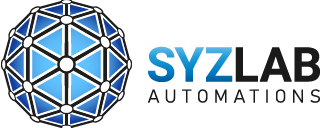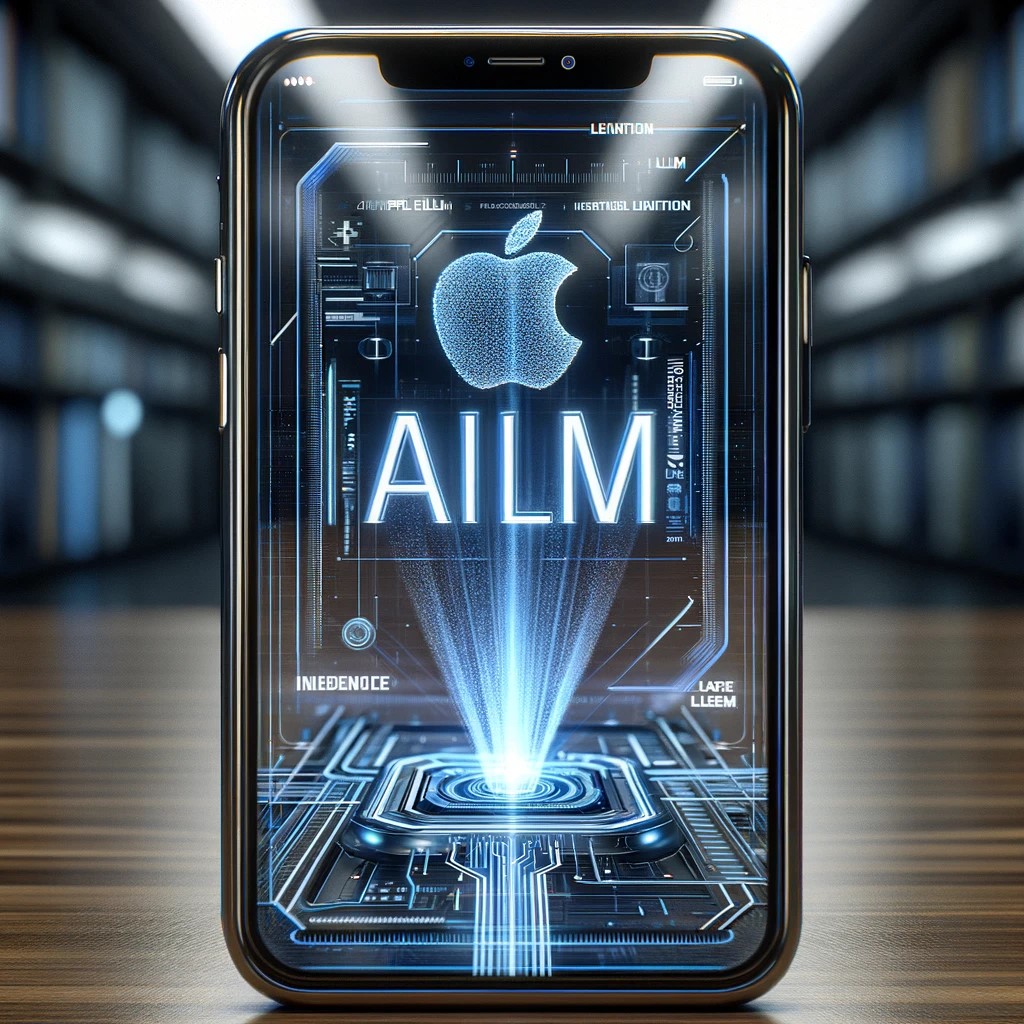"The Secrets Behind Apple's Large Language Model: Efficiency"
Dive into the core of Apple’s latest breakthrough in AI: This model isn’t just an incremental step; it’s a leap in efficiency for AI applications.
After reading this new academic paper https://huggingface.co/papers/2312.11514 Titled: LLM in a flash: Efficient Large Language Model Inference with Limited Memory
We’ll explore the cutting-edge techniques Apple employs to make their LLM not only powerful but also incredibly resource-efficient.
Efficiency Challenges and Apple’s Solutions:
One of the biggest challenges with Large Language Models (LLMs) like Apple’s is their demand for DRAM (Dynamic Random-Access Memory), which is a type of memory used for storing data that a computer needs to access quickly. However, DRAM is limited in capacity, especially in smaller or less powerful devices, limiting the performance of memory-intensive LLMs. Apple’s solution cleverly uses flash memory, a slower but more abundant type of storage, to overcome this limitation.
Think of DRAM in a computer like a student’s desk in a classroom. It’s the space where you keep everything you’re currently working on, so you can access it quickly and easily. Just like a desk can only hold so many books and papers before it becomes cluttered and hard to use, DRAM can only hold a limited amount of data. If you have too much stuff (or data), it slows down your ability to work efficiently. Apple’s solution is like having a big bookshelf (flash memory) nearby, where you can store extra books and papers and just grab them when you need them. This way, even with a small desk (limited DRAM), you can still manage a lot of work efficiently.
By storing LLM parameters on flash memory and fetching them into DRAM as needed, Apple’s LLM can operate efficiently even on devices with limited DRAM. This is achieved using techniques such as ‘windowing’ to reduce the amount of data transferred and ‘row-column bundling’ for more efficient data retrieval, significantly enhancing speed and scalability. These innovations are key for anyone looking to leverage powerful AI without the usual hardware constraints.
Practical Applications and Business Implications:
Apple’s LLM’s reduced memory requirement significantly broadens its accessibility, particularly for small and medium-sized businesses. This means advanced AI can be integrated into various operations without the need for expensive, high-end computing resources.
This democratizes access to powerful AI tools, enabling these businesses to implement sophisticated data analysis, natural language processing, and predictive modeling. Such accessibility can lead to innovation in customer service, market analysis, and operational efficiency, providing a competitive edge in the rapidly evolving digital landscape.
This development represents a significant shift in how AI can be utilized in various business contexts.
Comparative Analysis with Chat GPT-4:
The performance of Apple’s LLM, assessed with zero-shot capability, contrasts with GPT-4’s evaluations which include few-shot examples.
Zero-shot learning means Apple’s LLM had to understand and respond to tasks without any prior examples, while GPT-4’s scores were enhanced by providing it with context through multiple examples.
Despite this, GPT-4’s performance remains robust, indicating a highly advanced understanding and reasoning capacity, even when adjusting for the difference in testing methodologies.
This nuanced comparison highlights GPT-4’s adaptability and Apple LLM’s potential in a zero-shot context.
Test Name/AI | Apple’s AI | GPT 3.5 | GPT 4 |
HellaSwag | 50.3% (Zero Shot) | 85.5% (10-Shot) | 95.3% (10-Shot) |
Arc Easy | 66.1% (Zero Shot) | ||
Art Challenge | 30.6% (Zero Shot) | 96.3% (25-Shot) | 85.2% (25-Shot) |
Unfortunately this latest academic paper, does not show anymore of the different tests that the LLMs usually go through.
As you might know, here at PotenzaGPT we are always emphasizing the fact that Engineering Prompting will increase drastically the probability of getting the result you want from any LLM so we are not that fond of “Zero Shots” and their results but I can speculate that the reason why they did not publish how much score they had with either 10-Shot’s or 25-Shot’s is because the results are not as good.
In conclusion, Apple’s LLM demonstrates innovative strides in AI efficiency, particularly for devices with limited memory. However, when compared to GPT-4, which benefits from few-shot examples, Apple’s zero-shot learning shows there’s room for growth.
As AI continues to evolve, these comparative metrics will guide users in selecting the right model for their specific needs.







